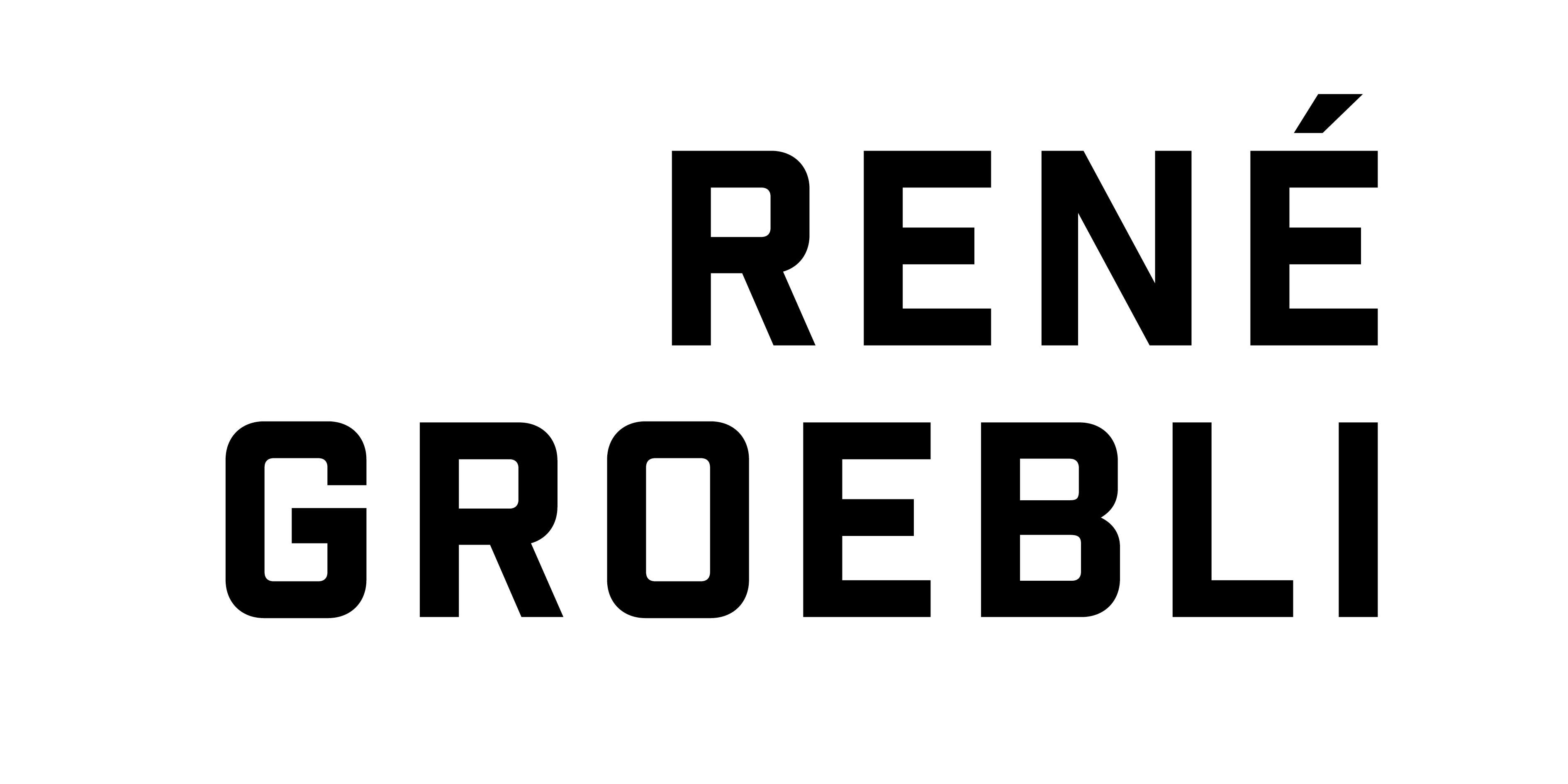Now it lies before us, and those who have eyes to see will discover that the iconic achievements of artist René Groebli do not apply to Swiss photography alone.
His oeuvre clearly transcends the borders of countries and just as clearly those of genre, period, fashion and fad. What other photographers of his time neatly organized and classified according to such categories as portrait, staged production, freelance work, commissions, photojournalism, essay, author photography and history of technique is distilled into a single, inseparable whole in the person of René Groebli. All the ingredients and aspects of the medium have coalesced into a photographic, historical symbiosis under the trademark of "Groebli". Here everything is one, everything is complementary, everything is interdependent.
As an avant-gardist, Groebli drove not only himself but also whipped his medium into a gallop. Fascinated by technology, inspired by movement, he was forever studying, exploring, trying out new approaches to imagery, montage and lighting. Undaunted when the means at his disposal no longer met his needs, he simply invented unique ones of his own. While his peers were still attempting to garner respect for artistic photography in black and white, he was already experimenting with colored light in his studio. He was ahead of others in taking up new dye transfer methods and optical montage in the laboratory.
Filmic Avant la lettre
His publication of the late 1940s, Rail Magic, testifies to a filmic eye that would not emerge elsewhere until the advent of Nouvelle Vague. Movement, dynamics, future. Groebli was the young photographer riding no hands on his bicycle and standing in the cabin of a steam locomotive from Paris to Basel: his aesthetics and storytelling were filmic avant la lettre, with film limping along behind. With his pioneering spirit, Groebli also pushed the limits of experimental landscape and nude photography. In the prude 1950s, not a single Swiss colleague had the chutzpah to publish photographs of nudes. Groebli did, as demonstrated in his photographic love poem The Eye of Love, published in 1954. His wife Rita was his inspiration, a modern woman, and indispensable companion to the artist as a creative critic, whose artistic vision undoubtedly equaled his. Groebli's romantic soul prevailed, its presence unfailing where heady sensations of the heart are sewn into a fabric with the cold needle of the sciences.
Germany negotiates the present, he shapes the future.
The achievements of this photographer cannot be fully appreciated without looking at concurrent developments across the border to the North. In postwar Germany of the 1950s, conceptual uncertainties were a constant preoccupation. In 1952, photographer Walter Boje headlined his article "Foto oder Lichtbild?" (Photo or Image of Light?) in the country's leading monthly magazine Fotoprisma, posing a question that would preoccupy colleagues until well into the 1960s. Leading forums pitted the technical achievements of the craft in capturing reality against the medium's ability to communicate spirituality and emotions. How can a mere handcrafted "photo" be an artistic "image of light"? They debated questions of composition, the use of shadows, distances, picture formats and grey tones in the making of a photograph. While members of the establishment were still entrenched in disagreement, René Groebli had long embraced modernism. He did not get mired in murky terminology or the current state of photography; he was already shaping its future.
Robert Frank and René Groebli, Kindred Souls
That explains why he was a loner, even in his native country, although he paved the way for others, unsettling many in the process, before overtaking and leaving them behind. The concept of “Geistige Landesverteidigung” (spiritual and intellectual national defense) between the wars included picturing the homeland as a world intact, as seen in the work of such photographers as Gotthard Schuh, Jakob Tuggener, Paul Senn and Hans Staub. In the '50s and '60s, farmers, craftsmen and dying traditions feature directly and indirectly in picturesque photographs that colleagues brought back to Switzerland from distant lands – Gotthard Schuh from Bali, Werner Bischof from Latin America. The most famous international emigrant was Groebli's contemporary Robert
Frank, who caught the public eye on publishing Les Américains in 1958. They were befriended and Groebli considered him a kindred soul. His own powerful publications Rail Magic and The Eye of Love had come out almost 10 years before Frank's milestone. Anyone studying Les Américains with this fact in mind cannot help wondering if the photographic approach of Groebli's friend was indeed as revolutionary as documented in the history of photography.
American Chromatic Symphony, The New World Echo Chamber
Frank is the first clue, America the second. Photographer William Eggleston, born in Tennessee in 1939, is commonly dubbed the Godfather of Color Photography.
Reputed as a black-and-white photographer, he ventured into color photography in the early 1950s. At the same time, news arrived of a master practitioner who was experimenting with color in the Old World. The fact that American pioneers in color photography, like William Egglestone and later Steven Shore, had seen Groebli's color photographs is indisputable. That the Swiss artist's work contributed to launching color photography in the USA is equally indisputable. René Groebli's aesthetics and his technical expertise are a historical caesura. There is no denying that this oeuvre is a milestone of the medium, a pivotal moment in the history of photography.
Published in: René Groebli, Meilensteine. 2024, Private Edition of 100 Copies.









